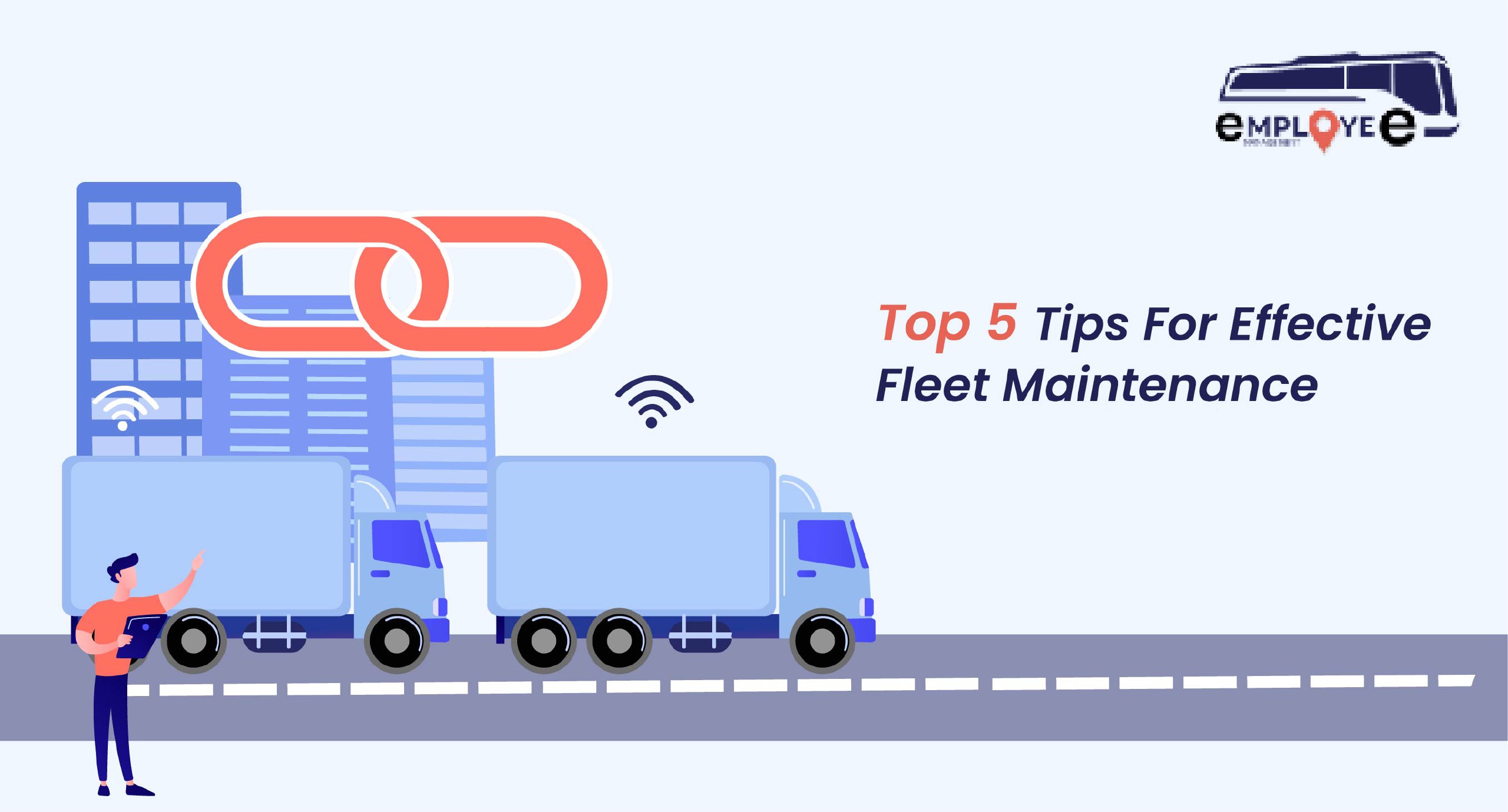Transportation management system for shippers can help transport providers gain complete visibility to their day-to-day operations to ensure the effective & timely delivery of the shipments.
A transportation management system for shippers is a logistics software that helps transport managers to optimize, plan & execute the incoming & outgoing physical movement of the shipment in a compliant manner. By streamlining the shipping process transport managers easily optimize their shipping operations whether it be by sea, air or land.
What are the best new features a logistics software must have?
The logistics chains are more efficient, resilient & competitive than ever these days. With dedicated logistics systems offering features from geofencing, automatic scheduling, real-time tracking AI solutions for analytics, warehousing and last-mile delivery providing logistics industry with more disruptive options.
Top must-have features of Logistics Management Software for shippers
- Inventory & Logistics Management
- Order Management
- Warehouse Management
- Supply Chain Management
- Forecasting
- Real-time visibility
- Seamless Integration
1. Fretron
Fretron helps to track your idle & moving fleets from a single dashboard En-route in real time, bringing total visibility to your fleet operations. Fretron provides an end-to-end visibility on your freight movement allowing you to automate & streamline your entire transit operation.
Features
- Live Shipment Tracking
- Logistics Control Tower
- Instant SLA Alerts & Notifications
- Instant EPOD Validation
- All In One Control Tower for Track & Trace
2. ShippingEasy
ShippingEasy is a growing online shipping solution for Transport managers & ecommerce merchants. With shippingeasy you can ship faster, easier & cheaper by receiving a helping hand when you want it making your shipping operation much more efficient.
Features
- Intuitive Interface
- Integrate Seamlessly
- Branded Tracking
- Automate Workflows
- Advanced Reporting
3. Shippo
Shippo is a professional grade shipping software which gives you access to multiple carriers and shipping features your operation needs. Shippo comes with the best-in-class shipping infrastructure integrating your shipping complexities & requirements with the best-in-class shipping solution. Shippo streamlines your carrier process with seamless functionalities need to except consumer expectation.
Features
- A Comprehensive, Simple Integration
- Completely Trustworthy
- Global Carrier Coverage
- Unified Carrier Functionality
- A Restful and Reliable API
4. Freightview Software
Freightview lets you choose the carrier you already have connected with & when it’s time to ship the system compares the rates for your carriers & makes the most efficient choice for your transit effectively. Frieghtview also records & reports data of every shipment completed to evaluate the routes, rates & more.
Features
- Track Your Shipments
- Compares Direct Rates
- API Access
- Reports & Analytics
- Shipment Filters
5. MYCARRIER
MYCARRIER is a cost-effective, fast & simple shipping software which can track your freight in less time using an all-in-one integrated shipping platform. With MYCARRIER you can analyze your carrier service level and identify which carrier standards are optimum for your needs.
Features
- Management Technology
- Real-Time Tracking
- Connect Directly to Your Careers
- Direct Relationship with your customers
- On Demand Documents
6. Track-POD
Track-POD is an advanced shipping management software featuring an electronic-POD giving you real-time delivery confirmation & driver monitoring. You will receive instant delivery notification via the e-POD, it can easily capture photographs and signatures to confirm whether the delivery was successfully or not.
Read Also: “A Quick Guide For Employee Transportation Management System”
Features
- Vehicle Tracking & Routing
- Delivery Management
- Proof of Delivery
- Fleet Optimization
- Analytics Reports
7. CartonCloud
CartonCloud is an easy-to-use warehouse & transport management software that enables you to do more with less. CartonCloud help you to increase your productivity & make your life easier by transforming how your business works. The primary focus of CartonCloud is to streamline your workflow with features your transit operation requires to go ahead.
Features
- Route Optimisation & Automated Allocations
- Save time with complex rate cards
- Integrated WMS & TMS
- Electronic proof of deliveries
- Reducing pick errors
8. ALPEGA TMS
Alpega helps you control your logistic chain by rewarding you with end-to-end visibility across your operations. It also helps you optimize your freight costs, integrate your networks & automate your logistics operations efficiently.Alpega ensures to tackle your industry-specific challenges and improve your quality of service.
Features
- Cloud-Based TMS
- Easy Access for Users
- Real-Time Information Updates
- Easier & More Secure Deployments
- Quicker implementation of TMS
9. TruckingOffice
Trucking management solutions is a successful secret tool fleet operators use to streamline their processes & increase the revenue. Whether you are a driver or a transport manager you can understand the details in the dispatching process. With TruckingOffice you can easily manage your entire trucks easily & keep track of their trip history.
Features
- Easily Pull Records for All of Your Dispatches
- Increase Productivity for Your Business
- Easily Update, Edit & Manage All Dispatches
- Maintains All Records
- Invoice Creation
10. FreightPOP
FreightPOP is a one-click shipping management for distributors & transport managers. Built for multiple purposes FreightPOP connects with your existing business module to analyze, execute & optimize your company workflow faster for an amount you can afford.
Features
- Robust Connectivity
- Ultimate Flexibility
- Proactive Logistics Planning
- Shop, Ship, Track, Analyze, Audit
- Truly Easy
Conclusion
Technology is evolving each day by day together with the transit industry, providing opportunities to businesses for implementing better service and automating the solutions to gain competitive advantage. If you want a state of the art Transportation Management System for Shippers contact employee transport management.










